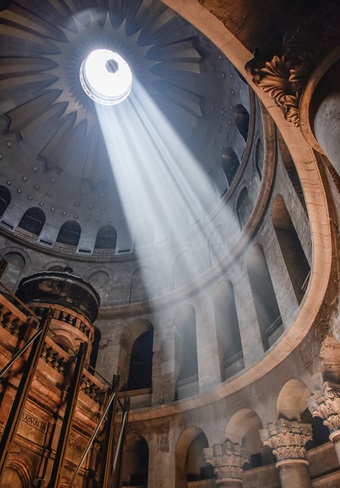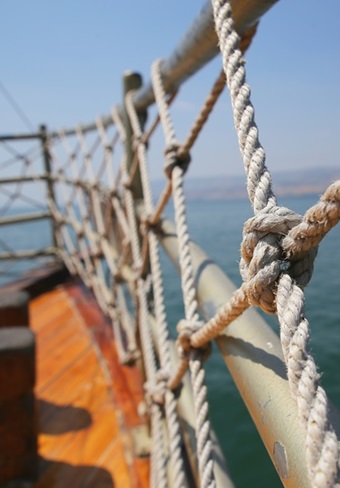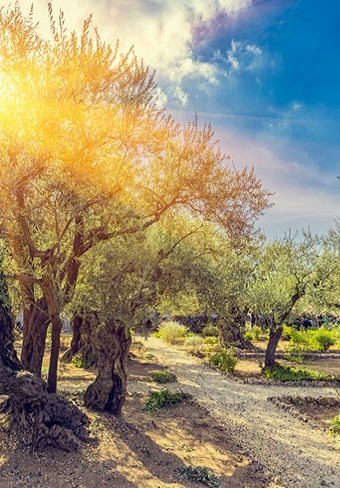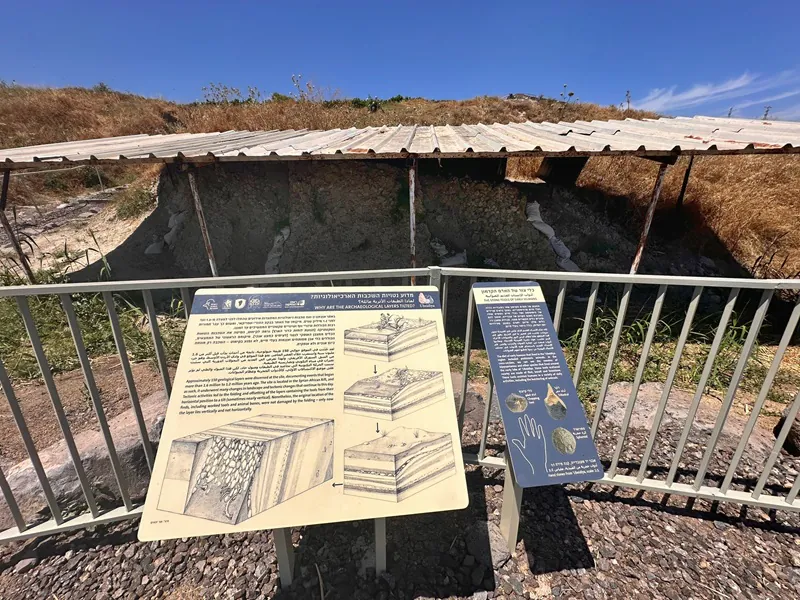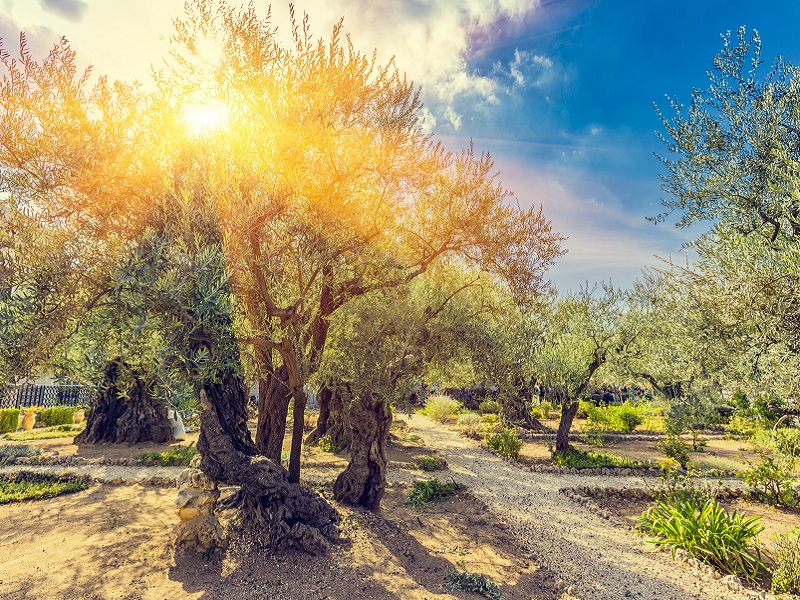Tabgha Church of the Multiplication Miracle
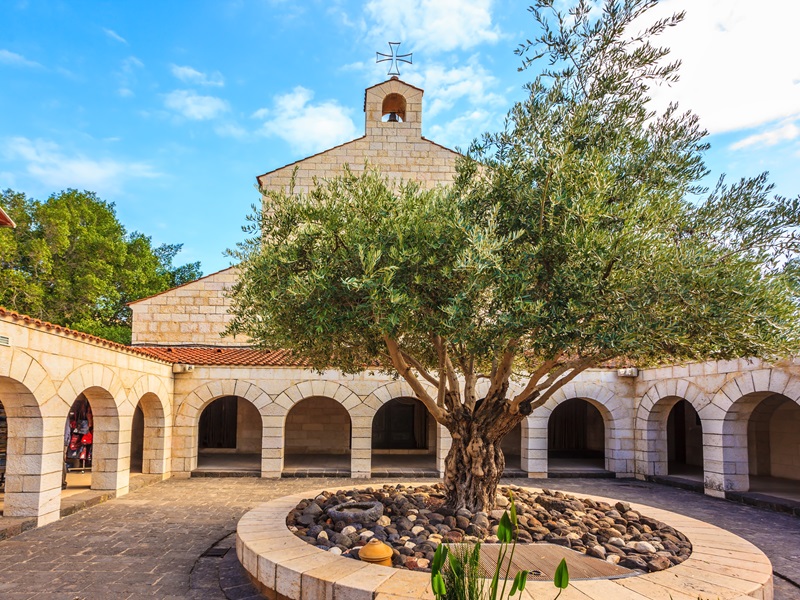
Nestled along the lush northwest shoreline of the Sea of Galilee, the Tabgha Church commemorates Jesus’ miraculous feeding 5,000 people. First built in the 4th century AD, this church stands as a testament to a centuries-old tradition that continues to draw Christian pilgrims.
History of the Church
All four Gospels record the miracle of Jesus feeding multitudes with just a handful of loaves and fish (Matthew 14; Mark 6; Luke 9; John 6). Some even repeat the story, suggesting the event occurred more than once (cf. Matthew 15; Mark 8). Since the 4th century, Christian pilgrims identified the site of the Multiplication miracle west of Capernaum. By the 5th century AD, a basilica-shaped church was constructed at the site, featuring colorful mosaic floors. The 7th-century Muslim conquest of the Holy led to the church’s destruction. Later, the site was abandoned and even its location was forgotten. Rediscovered in the 19th century a German expedition excavated the church. In 1982 the church was fully restored and opened to the public.
Exploring the Tabgha Church of the Multiplication
The site is maintained by a Benedictine order and welcome visitors from Monday to Saturday, between 8:00 and 16:45. The meticulously restored church faithfully captures the original Byzantine style of the building and especially its mosaic floors. Its focal point the apse, where the mosaic depicts two fish and a basket with loaves. By local tradition the rock behind it marks the precise spot where Jesus preformed the multiplication miracle to feed the crowds.
A visit to the Tabgha Church of the Multiplication can be combined in a day tour of the Galilee.
“The church and its surrounding provide a peaceful environment for quiet reflection on the teachings and miracles of Jesus.” (Danny “the Digger” Herman)
